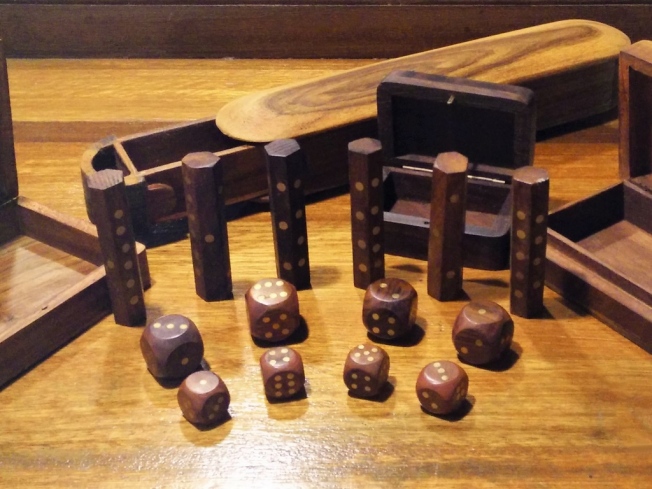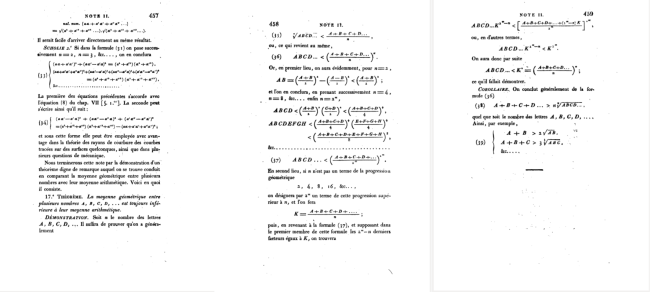I will consider following definition of marriage:
the legally or formally recognized union of a man and a woman as partners in a relationship.
It can be difficult, due to the emotions we have, to find suitable partner. But mathematicians have tried to solve this problem. Pretty cool, huh!
(1) Hall’s Marriage Theorem: We have boys, each of whom has several girlfriends, under what conditions can we marry off the boys in such a way that each boy marries one of his girlfriends?
We claim that this problem has a solution if and only if for every ,
, every set of
boys has collectively at least
girlfriends.

The connecting lines indicate whether this man and woman like each other. (boyfriend-girlfriend relationship) [By Greg Graviton , Applications of Measure, Integration and Banach Spaces to Combinatorics]
Let
be a bipartite graph with bipartition
. Then
contains a matching that saturates every vertex in
if and only if
for every subset
of
where, is defined to be the set of all vertices adjacent to any set
of vertices in graph
and
denotes “the number of elements in”.
The proof of this theorem is by Induction on . See this Cut the Knot article for proof.
(2) Stable Marriage Problem: There are women and
men in a community. Each woman ranks each man in accordance with her preference for that man as a spouse. No ties are allowed, so that if a woman is indifferent between two men, we nonetheless require that she express some preference. The preferences are to be purely ordinal, and thus each woman ranks the men in order 1,2, …, n. Similarly, each man ranks the woman in the order 1,2,…, n.
We would like to arrange marriages between the men and women so that there is not a man and a woman who prefer one another to their spouses. Such marriages are called stable. Does there always exist a stable marriage?
We claim that the answer to this question is YES! We just need to follow Gale–Shapley algorithm. Watch this awesome Numberphile video explaining this
Other articles in same spirit:
- Mathematical Marriages by Joseph Malkevitch (Feature Column, AMS)
- The Perfect Match by Renan Gross (Sarcastic Resonance)
- From finding a job to finding a mate : Hall’s marriage theorem by Raymond Lo (Project Delta)
- A nobel-winning solution to stable marriages by Raymond Lo (Project Delta)











You must be logged in to post a comment.